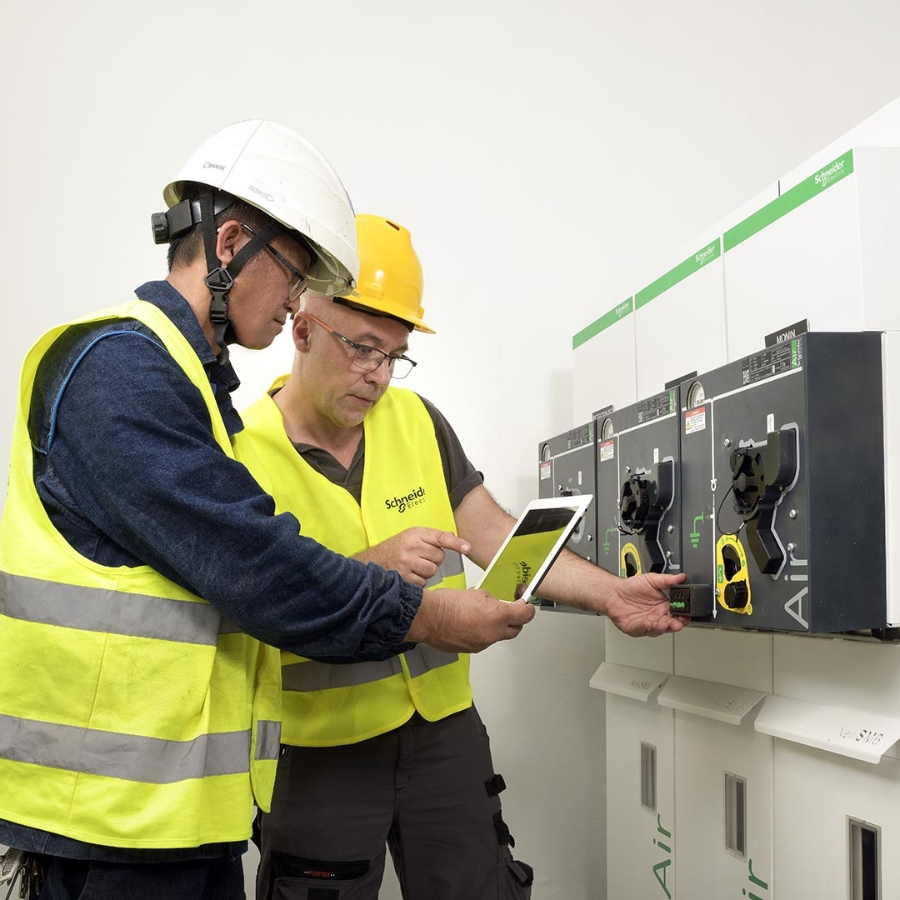How can we preserve biodiversity through sustainable resource management?
Schneider Electric is committed to preserving natural ecosystems through sustainable resource management while upholding high social, governance, and ethical standards to prevent biodiversity loss. As the world’s most sustainable corporation and a leader in the digital transformation of energy management and automation, Schneider Electric is committed to aligning biodiversity objectives with science and developing solutions and technologies that contribute to the sustainability of renewable resources and reduce climate impact. Explore the biodiversity pledge that rolls out our ambitious conservation and restoration plans to put us on track to no net biodiversity loss by 2030. Our inclusive purpose is to partner with our customers and suppliers to deploy our EcoStruxure™ software and solutions that deliver sustainable resource management automation and effectively save CO₂ emissions. Discover our Green Premium offers that support our customers’ sustainability ambitions with improved resource efficiency and circularity, regulatory compliance, green material packaging, and improved environmental footprint. Our supply chain, partners, and customers looking for carbon reduction, renewable energy management, and activating their value chain toward net-zero rely on Schneider electric to help them speed up their climate journey and build resilience through sustainable resource management. We support local communities through Livelihoods Carbon Funds (LCF) that focus on natural resource restoration to promote sustainable ecosystems and access to rural energy. Schneider Electric is a people company that recognises the importance of nature and biodiversity preservation for humanity to thrive and aims to help corporations shape the vision and long-term strategic direction of sustainable resource management. Our purpose is to allow everyone to make the most of their energy and resources to reconcile progress and sustainable development for all.


















of sites in water-stressed areas build a dedicated strategy and action plan by 2025